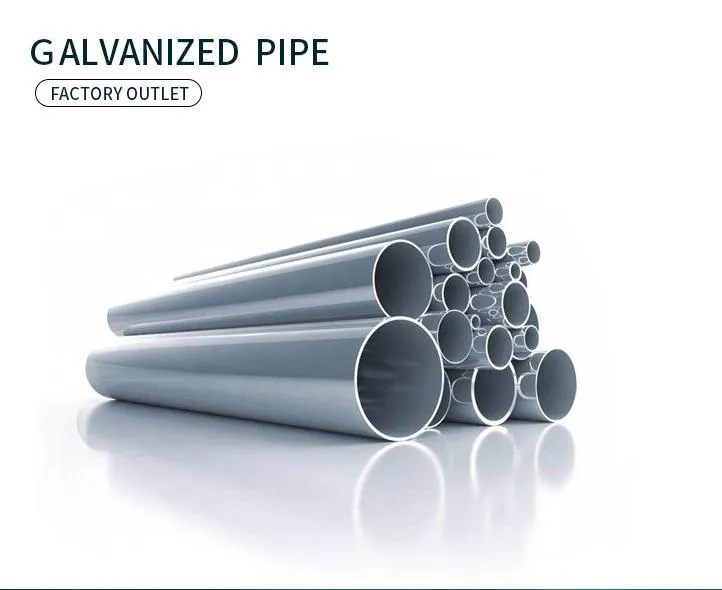-
Cangzhou Yulong Steel Co., Ltd.
-
Phone:
+86 13303177267 -
Email:
admin@ylsteelfittings.com
- English
- Arabic
- Italian
- Spanish
- Portuguese
- German
- kazakh
- Persian
- Greek
- French
- Russian
- Polish
- Thai
- Indonesian
- Vietnamese
- Zulu
- Korean
- Uzbek
- Hindi
- Serbian
- Malay
- Ukrainian
- Gujarati
- Haitian Creole
- hausa
- hawaiian
- Hebrew
- Miao
- Hungarian
- Icelandic
- igbo
- irish
- Japanese
- Javanese
- Kannada
- Khmer
- Rwandese
- Afrikaans
- Albanian
- Amharic
- Armenian
- Azerbaijani
- Basque
- Belarusian
- Bengali
- Bosnian
- Bulgarian
- Catalan
- Cebuano
- China
- China (Taiwan)
- Corsican
- Croatian
- Czech
- Danish
- Esperanto
- Estonian
- Finnish
- Frisian
- Galician
- Georgian
- Kurdish
- Kyrgyz
- Lao
- Latin
- Latvian
- Lithuanian
- Luxembourgish
- Macedonian
- Malgashi
- Malayalam
- Maltese
- Maori
- Marathi
- Mongolian
- Myanmar
- Nepali
- Norwegian
- Norwegian
- Occitan
- Pashto
- Dutch
- Punjabi
- Romanian
- Samoan
- Scottish Gaelic
- Sesotho
- Shona
- Sindhi
- Sinhala
- Slovak
- Slovenian
- Somali
- Sundanese
- Swahili
- Swedish
- Tagalog
- Tajik
- Tamil
- Tatar
- Telugu
- Turkish
- Turkmen
- Urdu
- Uighur
- Welsh
- Bantu
- Yiddish
- Yoruba

Nov . 16, 2024 20:50 Back to list
asme sa 333
Understanding ASME SA-333 A Vital Standard for Low-Temperature Applications
The American Society of Mechanical Engineers (ASME) has long been instrumental in developing industry standards that ensure safety and reliability across various engineering disciplines. One such standard is ASME SA-333, which specifically pertains to the requirements for seamless and welded steel pipe intended for low-temperature service. This standard holds particular significance in industries such as oil and gas, power generation, and chemical processing, where materials must perform reliably under challenging conditions.
Overview of ASME SA-333
ASME SA-333 covers carbon and alloy steel seamless and welded pipes, designed for use in low-temperature applications where the temperature may drop to as low as -50°F (-45°C). The material grades defined under this standard include Grade 1, Grade 6, and Grade 7, among others. Each grade is tailored to meet specific mechanical properties, chemical compositions, and dimensional tolerances, ensuring that the pipes can withstand the demands of low-temperature environments.
The standard emphasizes the importance of both chemical and mechanical properties. The chemical composition must be tightly controlled to achieve desired characteristics such as strength, ductility, and toughness. The mechanical property requirements focus on yield strength, tensile strength, and elongation, which are critical for maintaining structural integrity under low-temperature conditions.
Key Benefits of ASME SA-333
1. Safety and Reliability The primary benefit of adhering to ASME SA-333 is the enhanced safety it provides. Materials that meet this standard are subjected to rigorous testing, ensuring they can withstand the stress and strain of low-temperature environments. This is particularly crucial in preventing catastrophic failures that could result from brittle fracture or other material failures.
2. Versatility in Applications The flexibility of ASME SA-333 allows for its use in various applications, including but not limited to, gas pipelines, refrigeration lines, and cryogenic facilities. Its ability to perform reliably in different environments makes it a preferred choice among engineers and project managers.
asme sa 333

3. Quality Assurance Compliance with ASME SA-333 provides a mark of quality assurance that can enhance the reputation of manufacturers and suppliers. Organizations that produce pipes meeting this standard demonstrate their commitment to high-quality products, which can positively impact their market competitiveness.
Testing and Quality Control
Materials that fall under ASME SA-333 must undergo specific testing procedures to validate their suitability for low-temperature environments. These tests often include
- Charpy V-Impact Tests This test evaluates a material's toughness at low temperatures and is critical for assessing the material's ability to withstand impact without fracturing. - Tensile and Yield Strength Tests These tests are performed to ensure the pipes meet the required mechanical property thresholds, confirming their ability to bear loads and stresses during operation.
Manufacturers are also required to implement strict quality control measures throughout the production process to maintain compliance. This includes regular inspections and testing of raw materials, as well as in-process checks during manufacturing.
Conclusion
ASME SA-333 is a cornerstone standard that plays a crucial role in the safety and effectiveness of low-temperature piping systems across various industries. By ensuring that steel pipes are manufactured to withstand the rigors of low temperatures, ASME SA-333 not only enhances the operational reliability of these systems but also safeguards human life and the environment. In an ever-evolving industrial landscape, adherence to such standards remains indispensable, enabling engineers and manufacturers to meet the challenges of modern-day applications while prioritizing safety and quality. As industries continue to push the boundaries of technology and innovation, standards like ASME SA-333 will remain vital to ensuring that high-performance materials can meet the demands of tomorrow’s engineering challenges.
Latest news
-
ANSI 150P SS304 SO FLANGE
NewsFeb.14,2025
-
ASTM A333GR6 STEEL PIPE
NewsJan.20,2025
-
ANSI B16.5 WELDING NECK FLANGE
NewsJan.15,2026
-
ANSI B16.5 SLIP-ON FLANGE
NewsApr.19,2024
-
SABS 1123 FLANGE
NewsJan.15,2025
-
DIN86044 PLATE FLANGE
NewsApr.19,2024
-
DIN2527 BLIND FLANGE
NewsApr.12,2024
-
JIS B2311 Butt-Welding Fittings LR/SR 45°/90° /180°Seamless/Weld
NewsApr.23,2024











